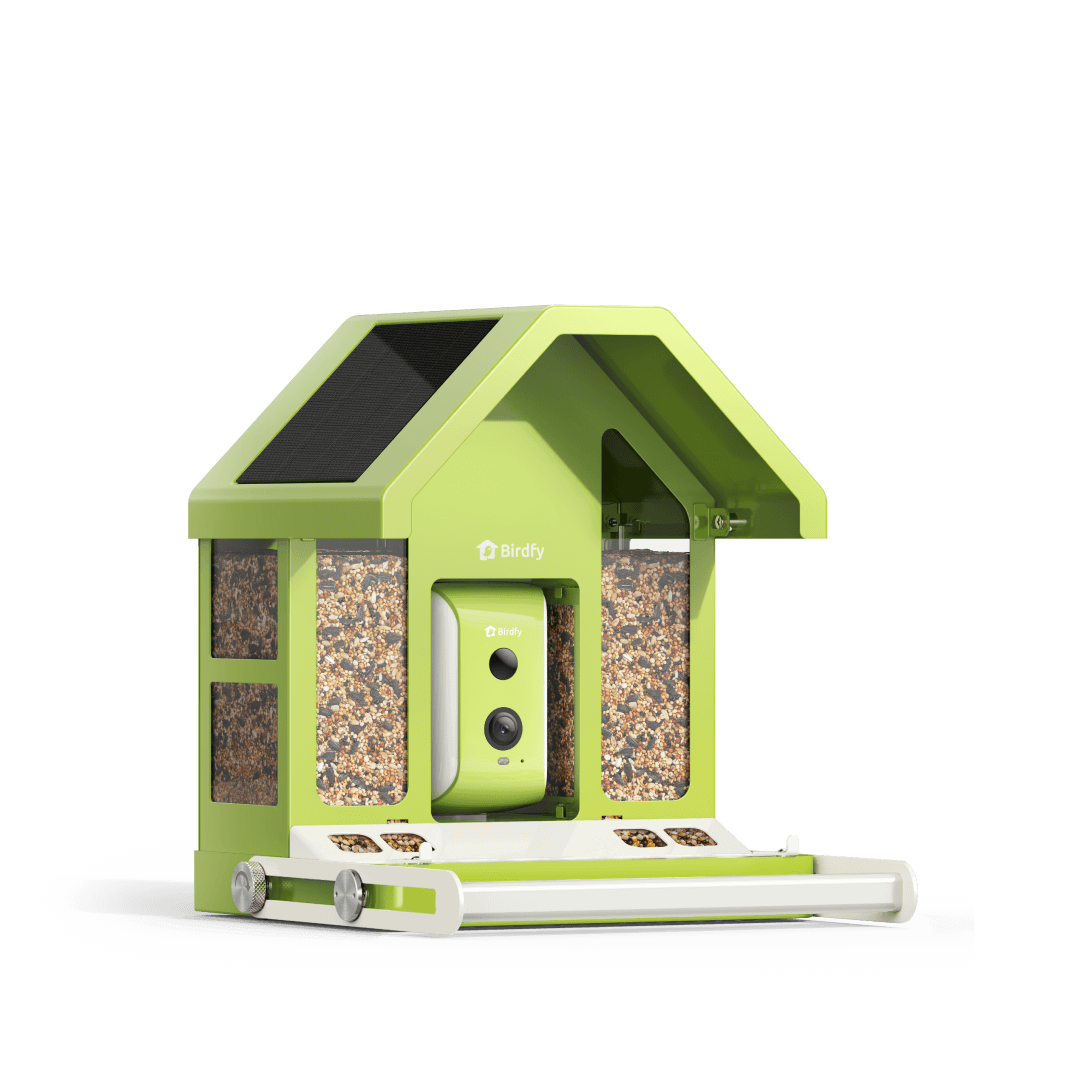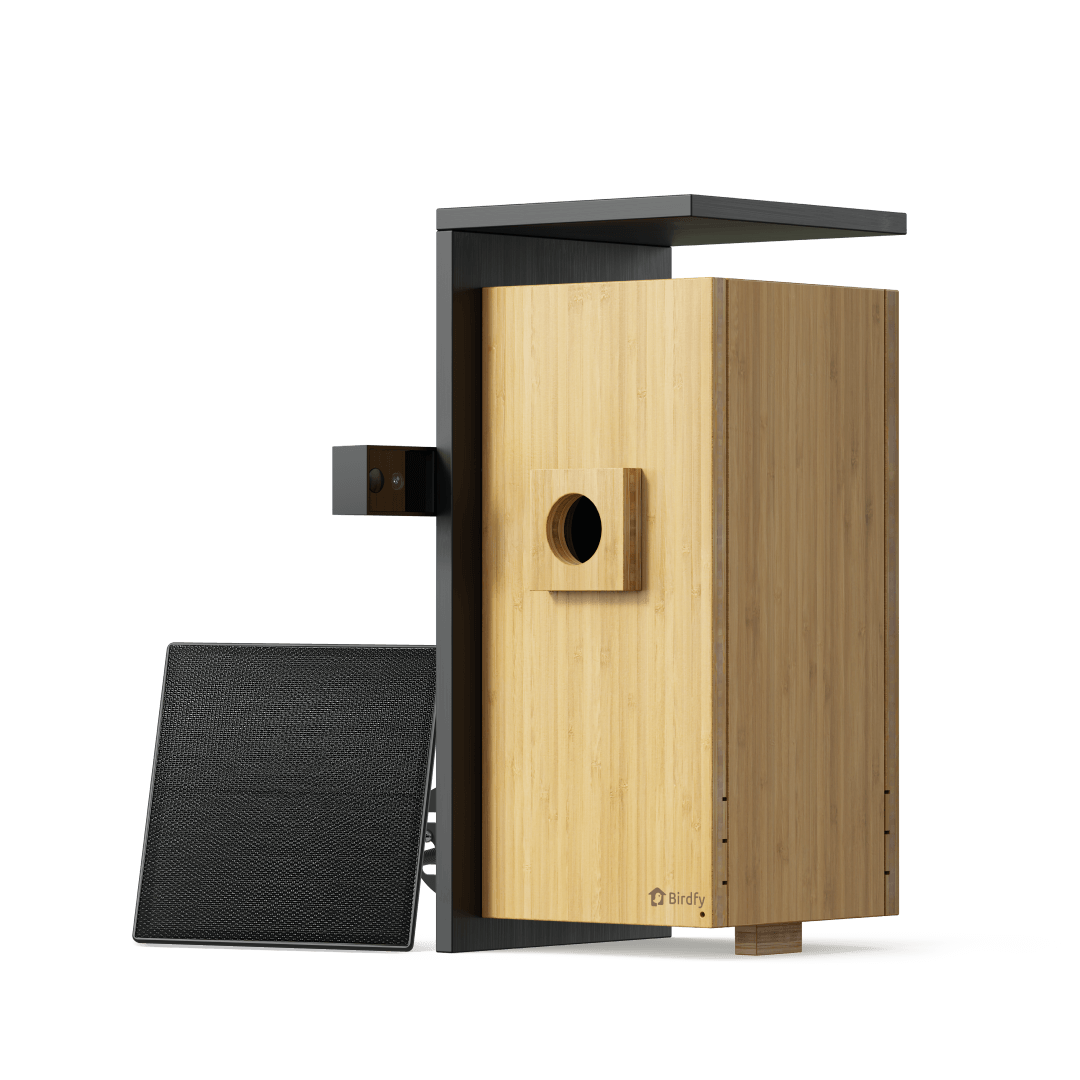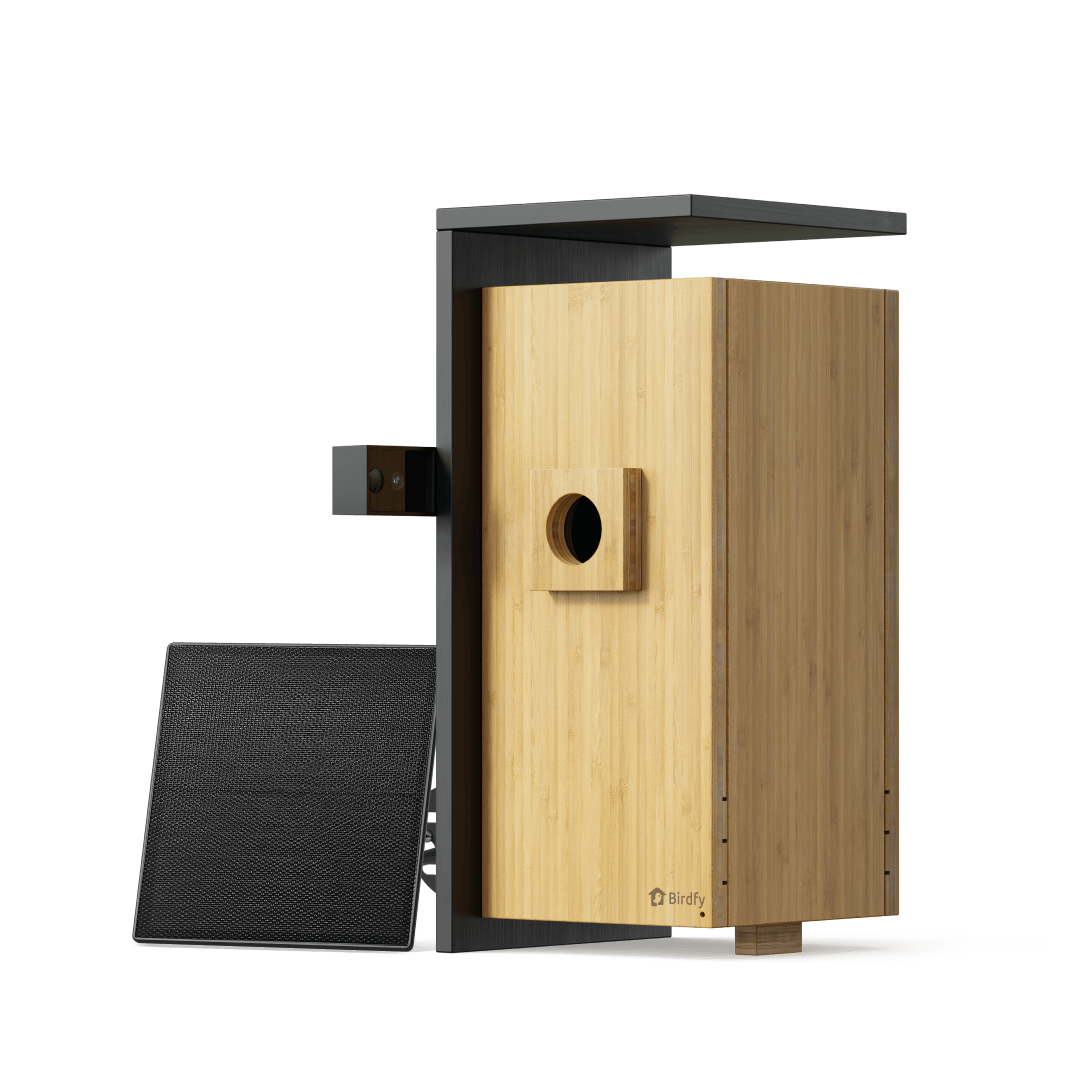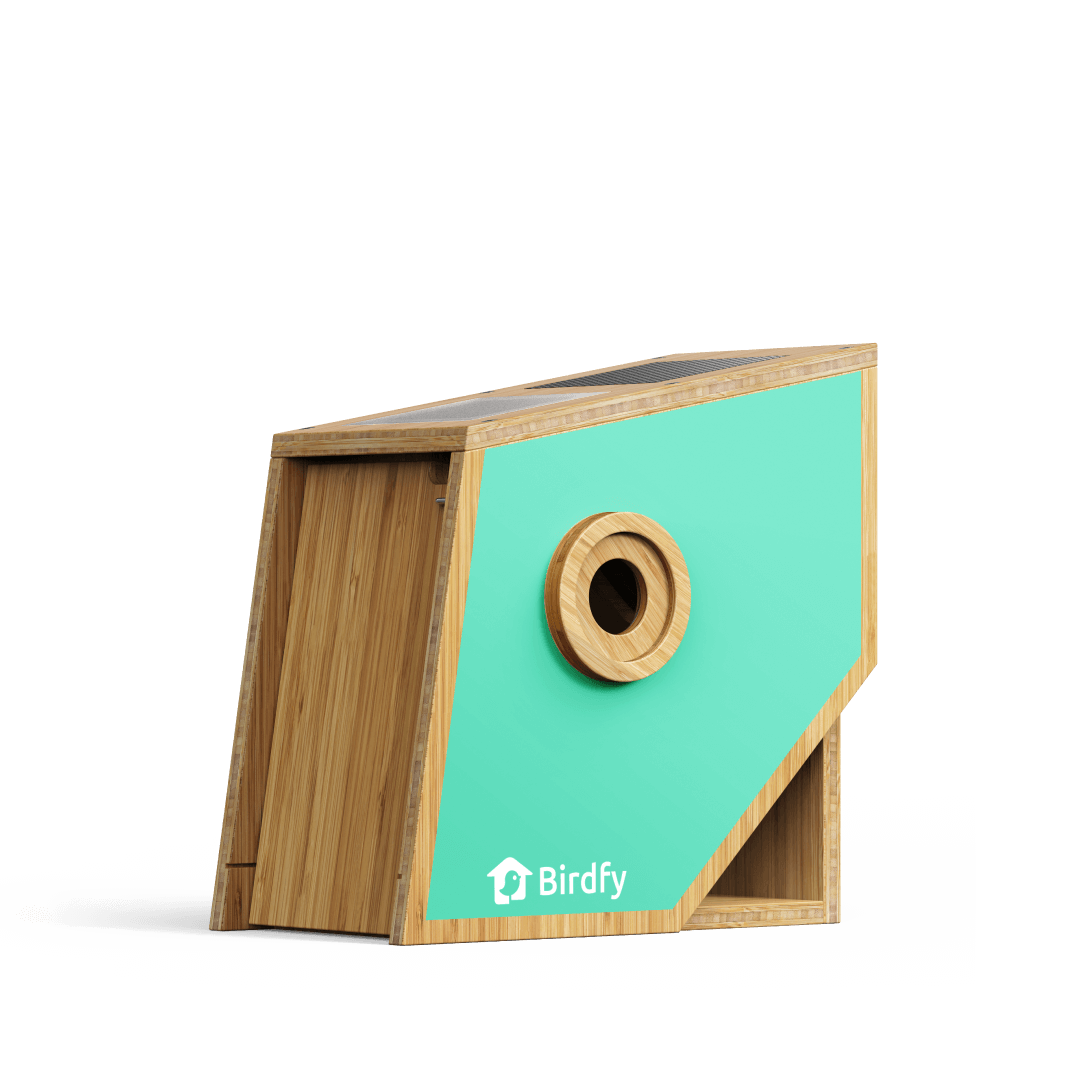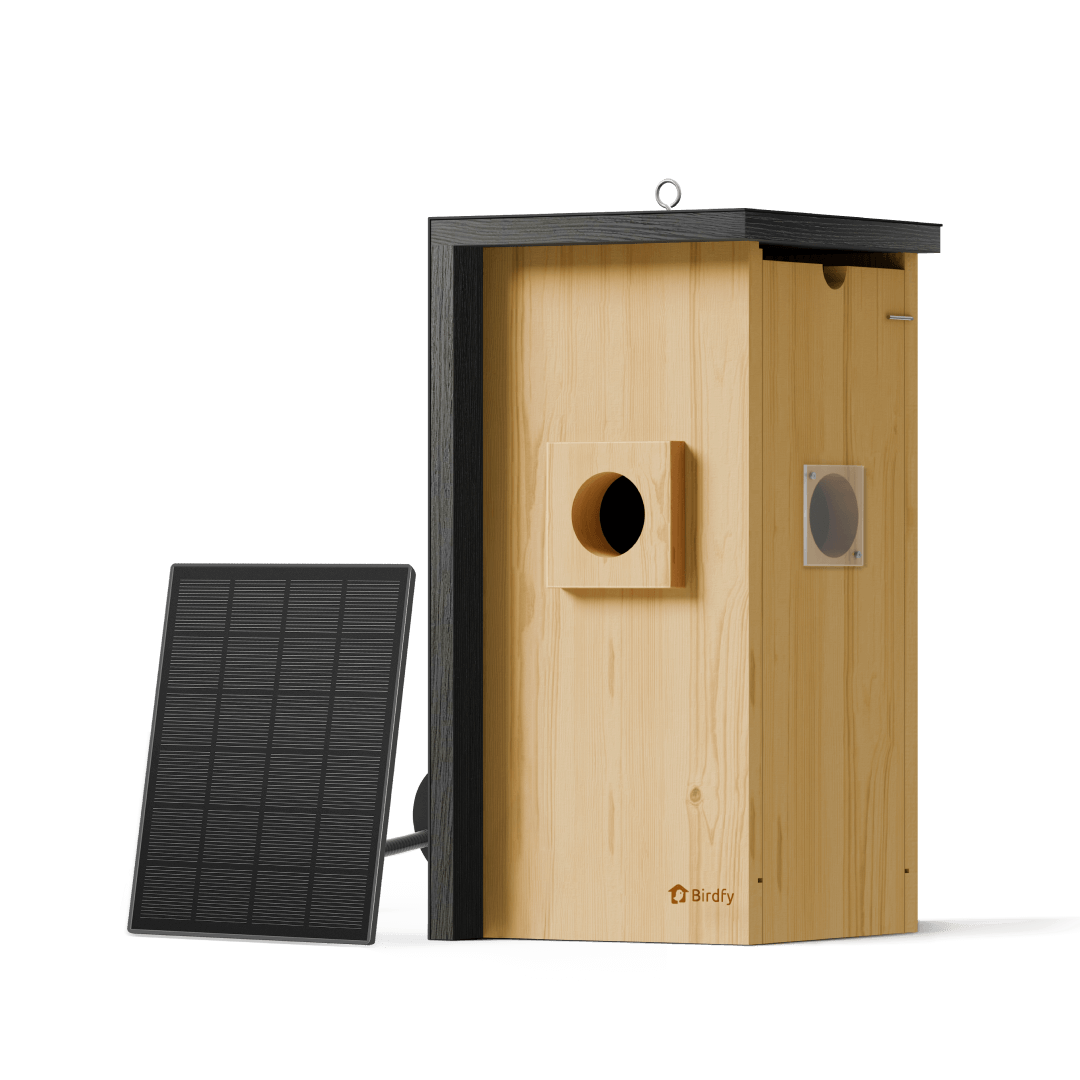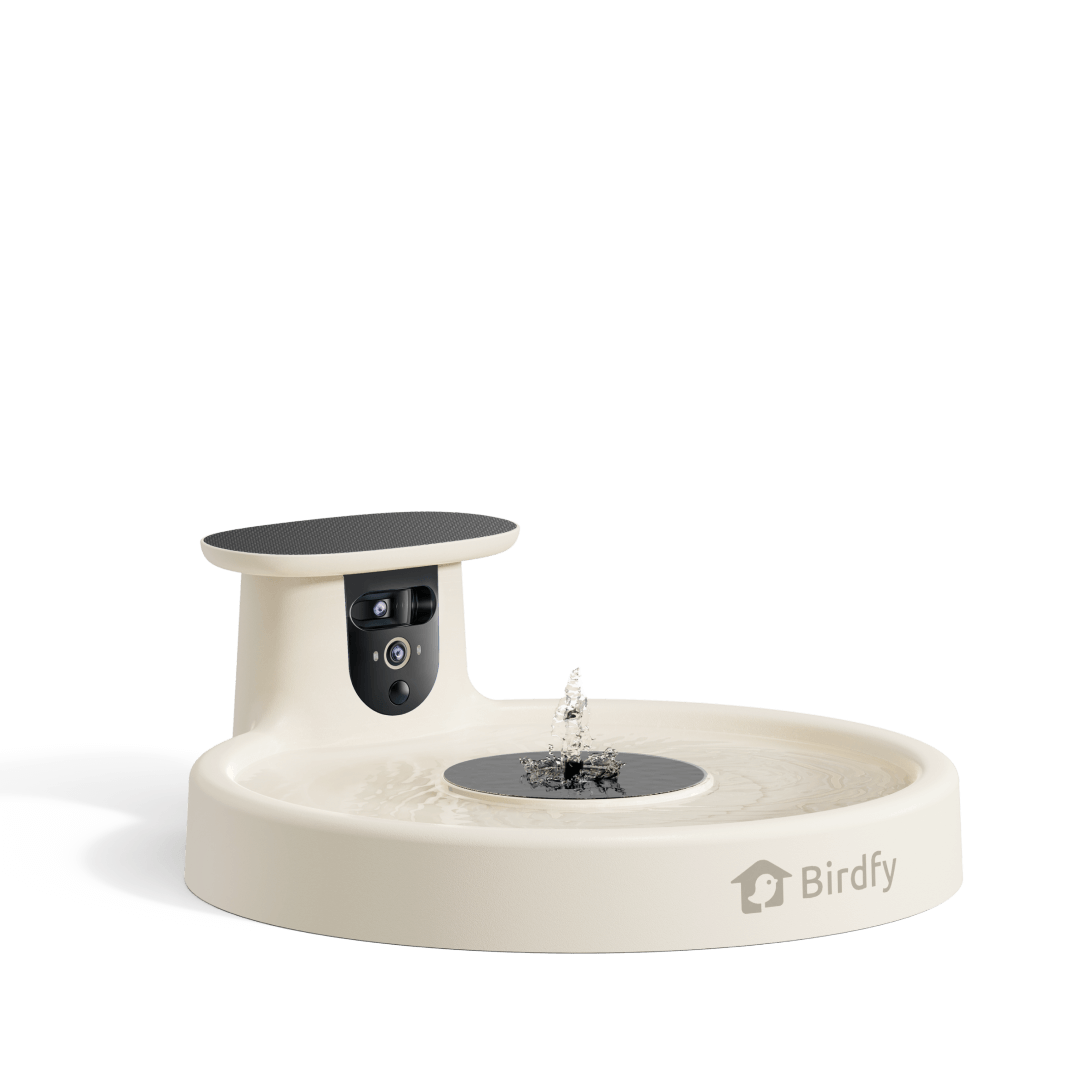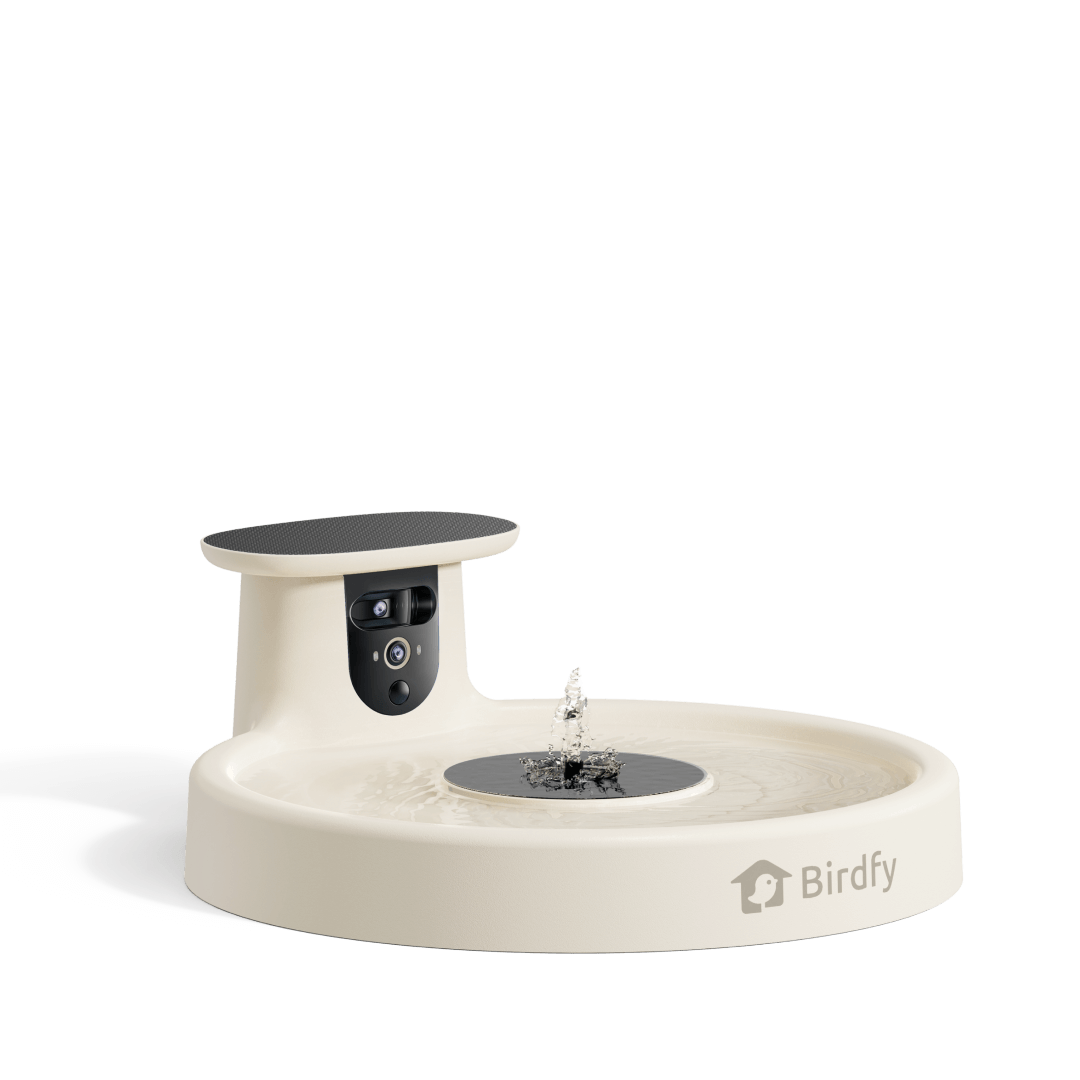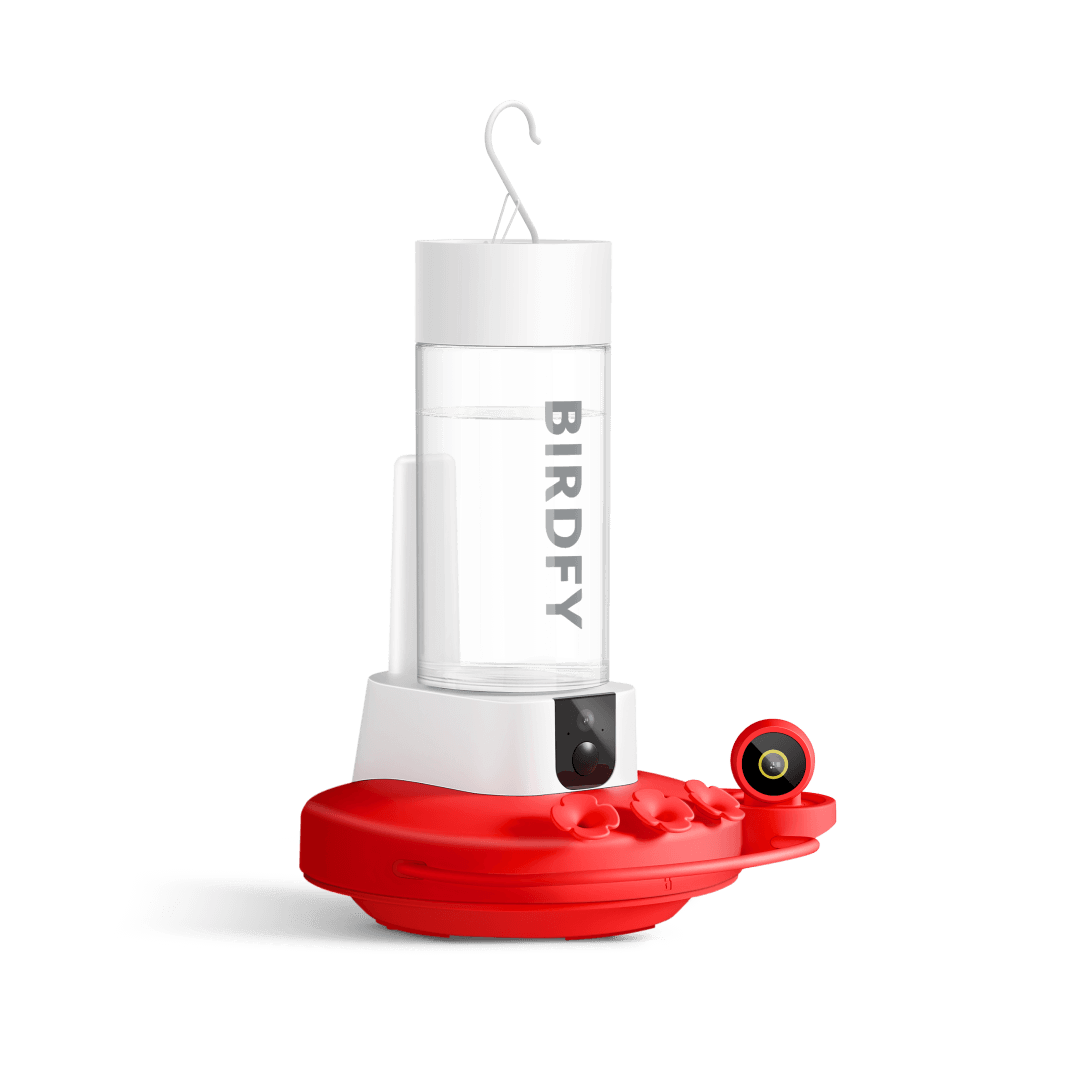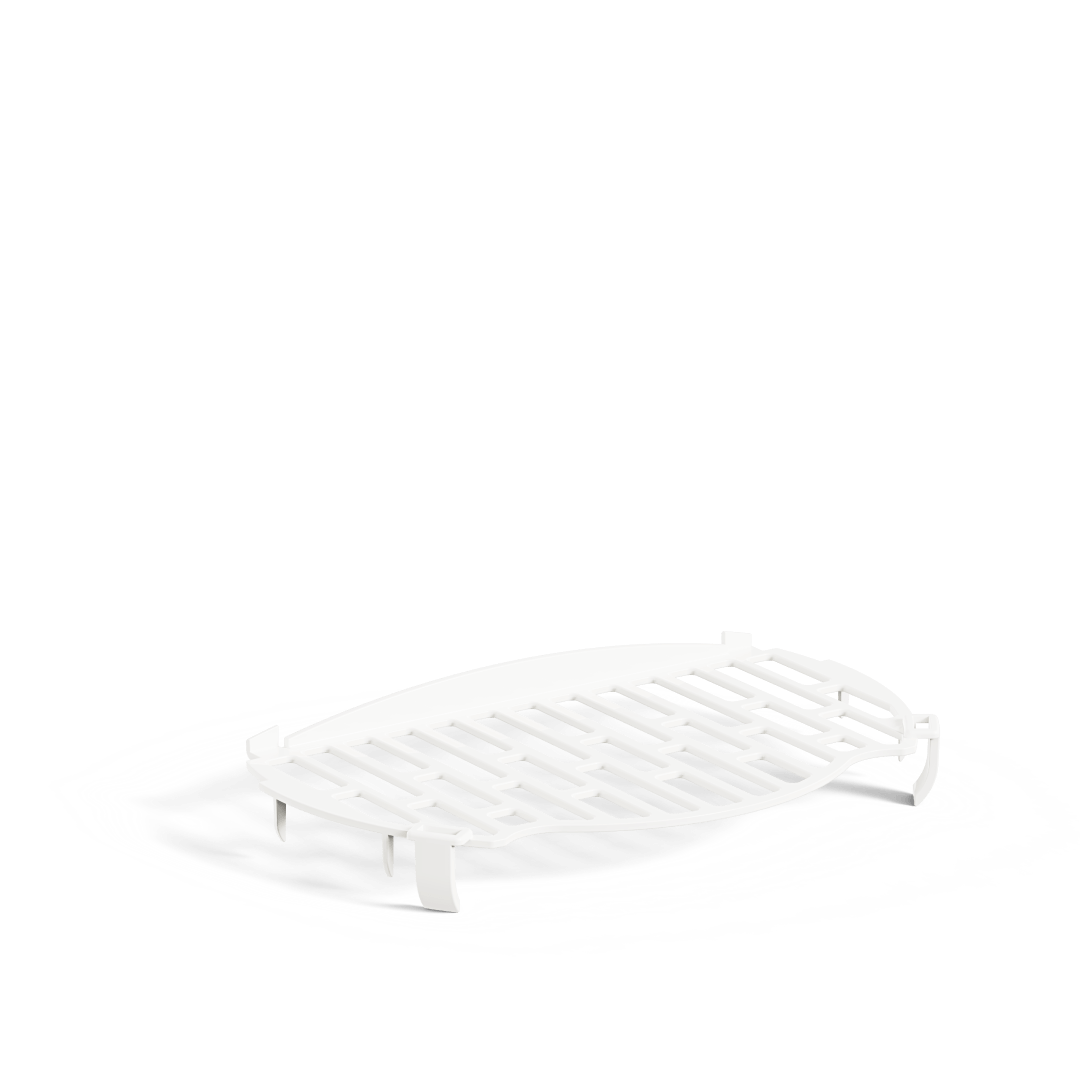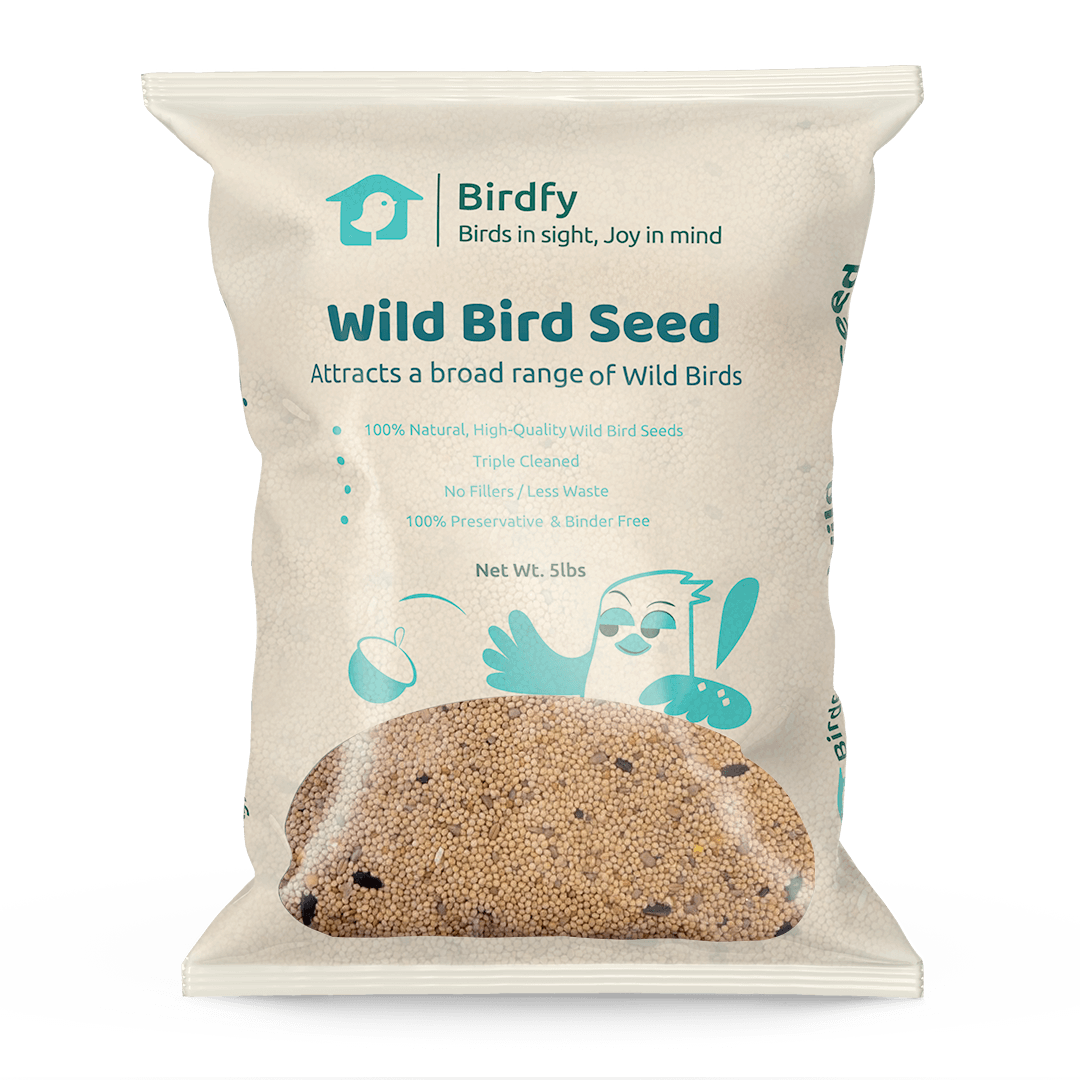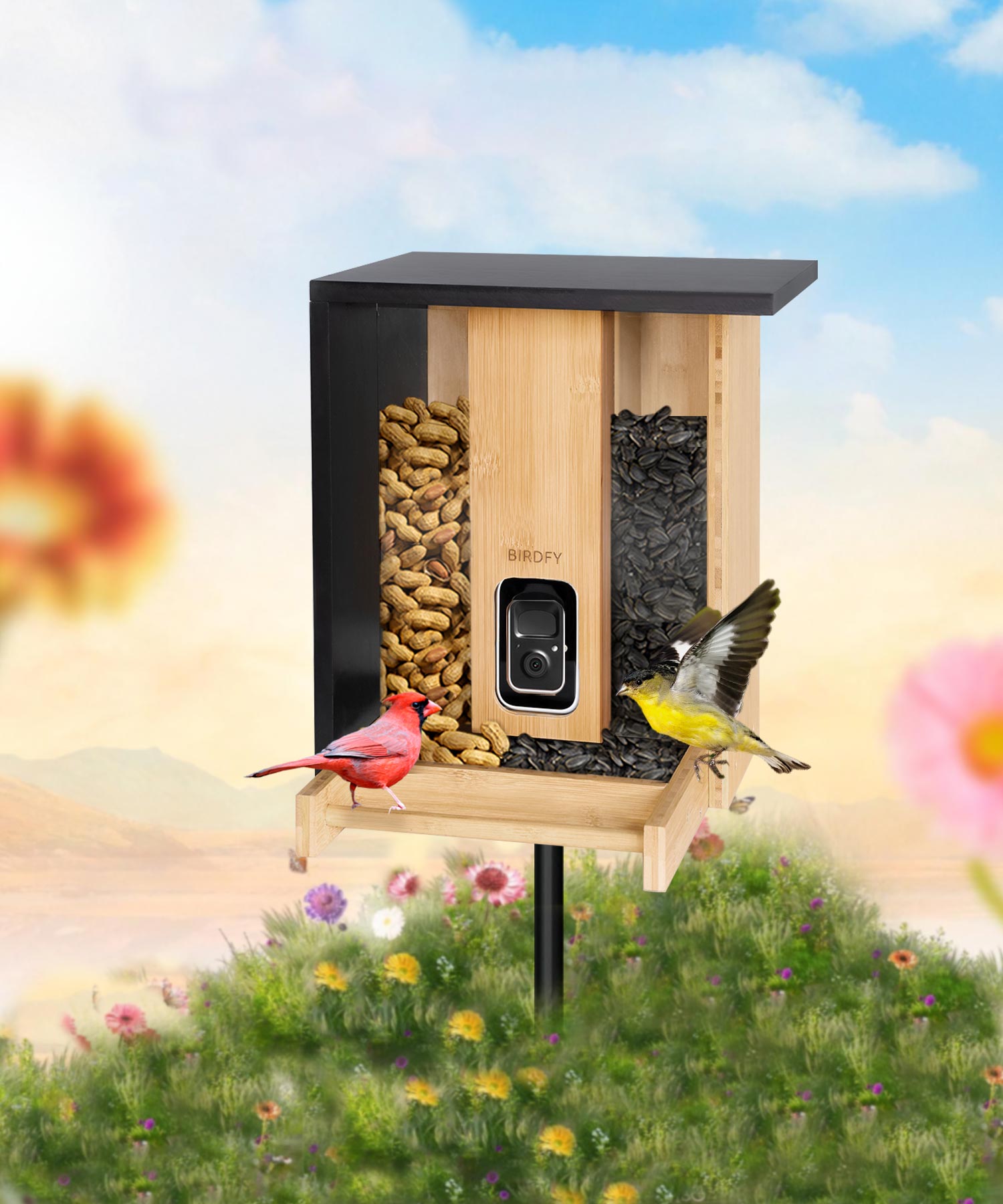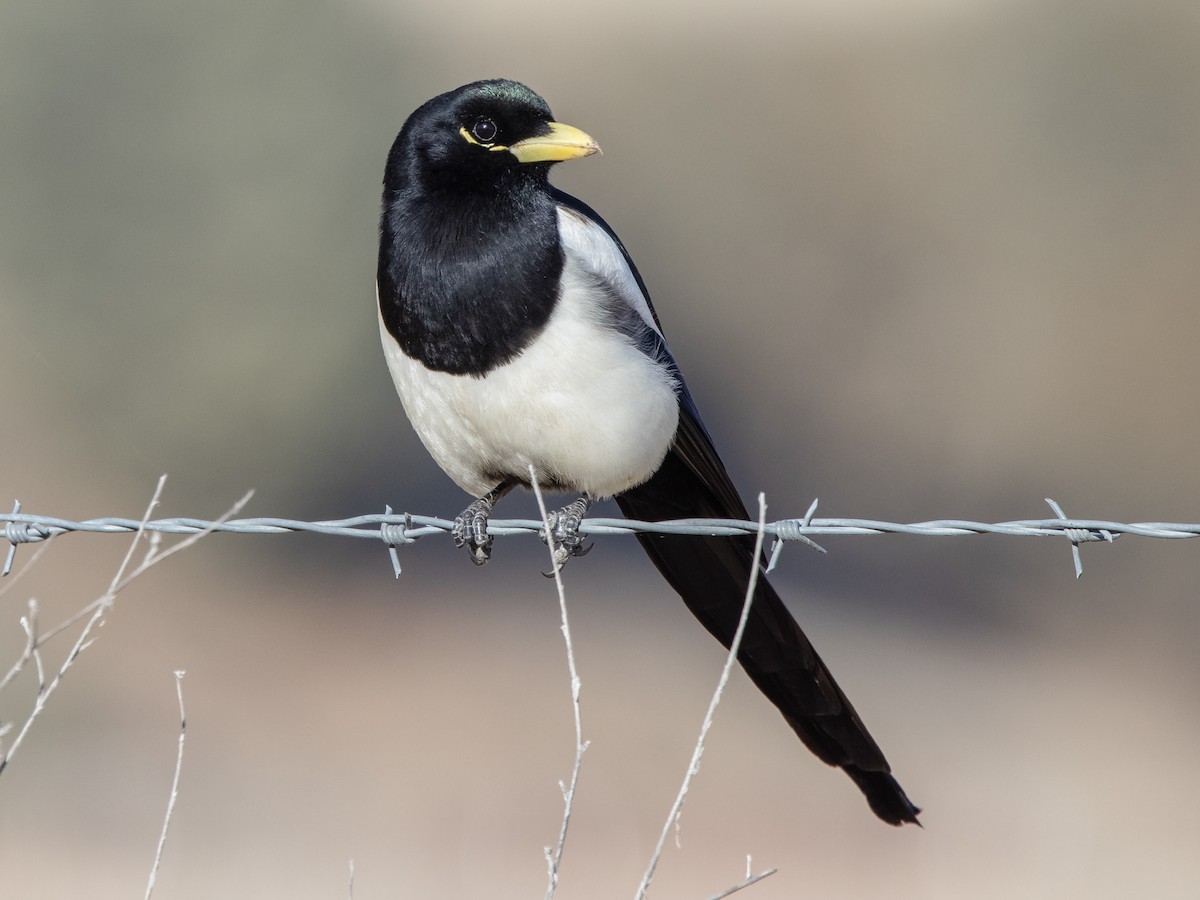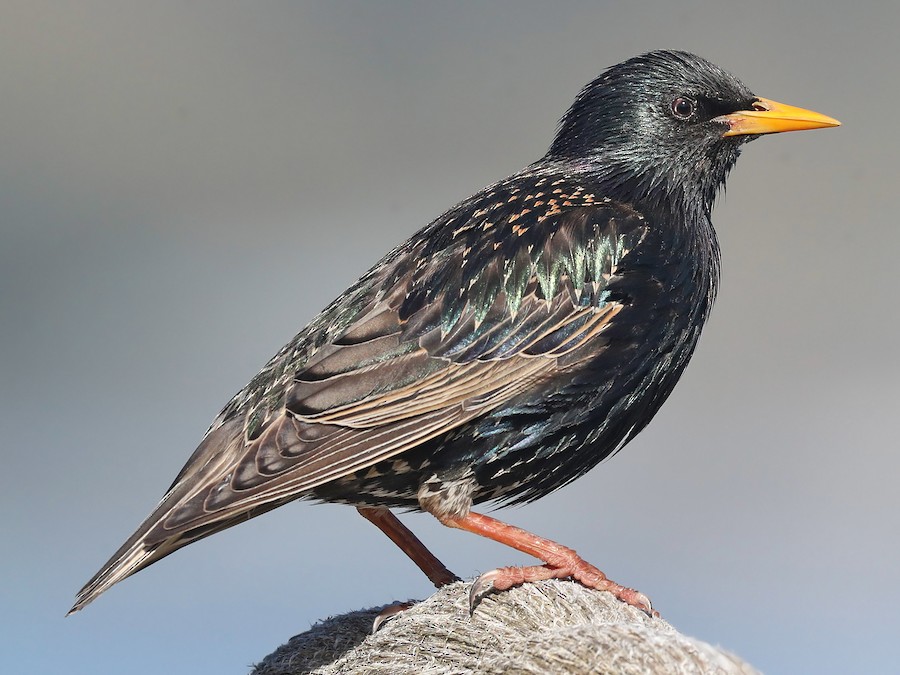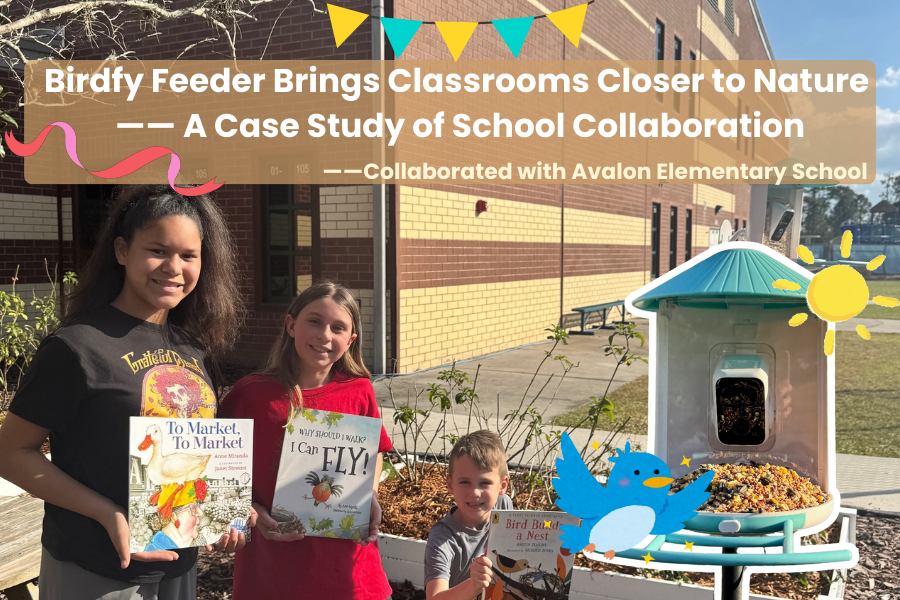10 Black Birds With Yellow Beaks
Among other bird species, black birds with yellow beaks are quite interesting to view. Their easy distinction in the dark feathers and the bright yellow color of the beak makes them highly visible to the human eye. Many places can boast of bird habitats, whether mountains, dense forests, or even a city park, thus attracting those who like birds and nature.
What is interesting about these birds is not just their looks but their behaviors, eating habits, and special adaptations. For instance, the Common Blackbird has this beautiful song, whereas the Yellow-Billed Magpie shows amazing intelligence and social skills. They feed on different foodstuffs, such as insects, seeds, fruits, and dead animals, indicating that these birds are very adaptive.
Let's examine the ten black birds with yellow beaks to learn more about their habitats, characteristics, feeding and mating habits, and fun facts.
Common Black Bird with Yellow Beak (Turdus merula)

Habitat: It is found in Europe, Asia, and North Africa. It is very common in woodlands, gardens, and urban parks.
Appearance: Both males are black with yellow bills and a yellow ring surrounding the eyes, while the females are brownish.
Characteristics:
- Beak Type: Straight and small, suitable for eating worms and fruit
- Feather Type: Soft, smooth, and silky
- Weight: 85-100 grams
- Size: 23 to 29 centimeters long
- Wing Span: 34–38 cm
- Life Span: 2–5 years in the wild
Feeding Habits: Omnivorous in nature and consumes worms, insects, fruits, and berries.
Mating Habits: Males sing complex songs to attract females. Females build cup-shaped nests.
Fun Facts: The beautiful song is used in the classical pieces.
Yellow-billed Magpie (Pica nuttalli)
Habitat: Found only in California, living in oak forests and grassy areas.
Appearance: The body is black with a green-blue iridescent sheen, white on the belly, and yellow on the bill.
Characteristic:
- Beak Type: Thick and slightly curvy, suitable for any diet
- Feather Type: They are glossy and stiff
- Weight: 120-150 grams
- Size: 40–50 cm in length
- Wing Length: 55–60 cm
- Lifespan: 5–10 years
Feeding Habits: Omnivorous, seeds, insects, carrion, small mammals.
Mating Habits: One mate makes big, round nests in trees.
Fun Facts: Yellow-billed magpies are very intelligent and love to play.
European Starling (Sturnus vulgaris)

Habitat: Its distribution range is throughout Europe and Asia, and it has been introduced worldwide; it occupies open fields and urban areas.
Appearance: Sheen is dark black with purple and green iridescence with spots during winter, and there is a bright yellow beak while breeding.
Characteristics:
- Beak Type: Long and sharp, which digs into the soil
- Feather Type: Shiny with metallic texture
- Weight: 60–100 grams
- Size: 20–23 cm long
- Wing Length: 37–42 cm
- Life span: Up to 5 years
Feeding Habits: Omnivorous; eats insects, seeds, and fruits.
Mating Habits: Polygamous; male sings and builds a nest for females.
Fun Facts: Starlings can mimic human voices and other sounds from other birds.
Hill Myna (Gracula religiosa)
Habitat: South and Southeast Asia; they are found in forests and farms.
Appearance: The shiny black color is accented with a bright orange-yellow beak and soft yellow bumps near the eyes.
Characteristic:
- Beak Type: b and slightly curved
- Feather Type: Shiny and fleshy
- Weight: 200–300 grams
- Size: 25–30 cm long
- Wing Span: 36–40 cm
- Life Span: 12–25 years
Feeding Habits: Frugivorous, eats fruits and nectars and insects.
Mating Habits: Monogamous; nests in tree cavities.
Fun Facts: Hill Mynas can imitate sound and even mimic human speech; it is very vocal.
Yellow-billed Chough (Pyrrhocorax graculus)
Habitat: They live in mountainous regions of Europe, North Africa, and Asia.
Appearance: The primary color is black, with a narrow yellow bill and red legs.
Characteristics:
- Beak Type thin and slightly curved, to scour best
- Feather Type: Soft and even
- Weight: 190-250 grams
- Size: 36–39 cm long
- Wing Length: 65–75 cm
- Life Span: 10–15 years
Feeding Habits: Carnivorous; eats insects, fruits, seeds, and scraps.
Mating Habits: Monogamous; pairs perform aerial displays during courtship.
Fun Facts: They are acrobatic fliers, making loops and dives a common view.
Alpine Chough (Pyrrhocorax pyrrhocorax)

Habitat: Mountains of Europe and Asia, especially in cliffs and high pastures of meadows.
Appearance: It has a shiny black plumage with a slender yellow pointed bill.
Characteristics:
- Beak Type: Long and curved to dig
- Feather Type: they are soft and shiny
- Weight: 180–250 grams
- Size: 37- 39 cm in length
- Wing Length: 65 to 75 cm
- Life Span: 10–20 years
Feeding Habits: Omnivorous; eats insects, seeds, and berries.
Mating Habits: Monogamous; pairs stay together for life.
Fun Facts: They are highly sociable and primarily forage in groups.
Alpine Accentor (Prunella collaris)
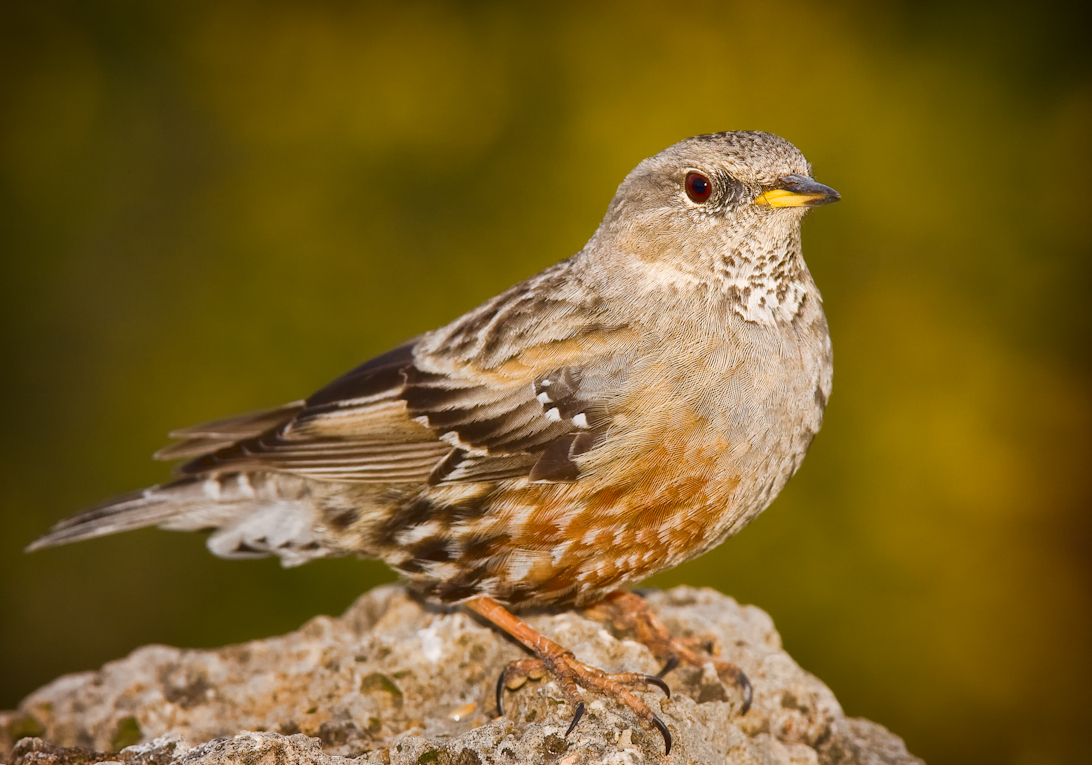
Habitat: Inhabits alpine and subalpine regions throughout Europe and Asia.
Appearance: Dark grayish-black body with a sharp yellow beak.
Characteristics:
- Beak Type: Slim and pointed
- Feather Type: Short and chunky
- Weight 35–45 grams
- Wing Length: 14–18 cm
- Size: 25–30 cm
- Life Span: 5–7 years
Feeding behavior: Insects, seeds, and small invertebrates are consumed.
Mating Habits: Rather promiscuous, it breeds in rock crevices.
Fun Facts: They often move to more depressed areas when winters prove severe.
Common Starling (Sturnus vulgaris)
Habitat: It thrives in Europe and Asia and has been introduced to areas such as North America and Australia.
Appearance: Black, with shining colors and a yellow beak, black spots in winter.
Characteristics:
- Beak Type: Long and slender
- Feather Type: Reflective and ornate
- Weight: 75-90 grams
- Wing Length: 31-40 cm
- Size: 20–23 cm
- Life Span: 2–4 years
Feeding Habits: This bird eats insects, fruits, and seeds.
Mating Habits: Large flocks are formed, and males build nests to attract females.
Fun Facts: They are known for their synchronized flocks.
Common Myna (Acridotheres tristis)

Habitat: Common in Asia, generally found in cities, farms, and open forests.
Appearance:Glossy black plumage with a bright yellow beak and striking yellow eye patch.
Characteristics:
- Beak Type: Pointed and sturdy
- Feather Type: Smooth and semi-glossy
- Weight: 100-150 grams. Size: 23–26 cm
- Wing Length: 40–50 cm
- Life Span: 12–15 years
Feeding Behavior: It eats fruits, grains, and tiny insects.
Mating Habits: They make b pair bonds and build nests in tree holes or human-made buildings.
Fun Facts: They are known to accurately reproduce the human voice.
Yellow-Billed Cuckoo (Coccyzus americanus)
Habitat: They inhabit North and South America, surviving even in dense woods and forests.
Appearance: Black body with a yellow beak and very long tail feathers.
Characteristics:
- Beak Type: Hollowed, slender, and curved
- Feather Type: Long and soft, thick
- Weight: 60–90g
- Size: 26–30cm long
- Wing Length: 38–43cm
- Life Span: 5–6 years
Feeding Habits: They are insect eaters and consume caterpillars, beetles, and small fruits.
Mating Habits: Monogamous; females lay eggs in other birds' nests (brood parasitism).
Fun Facts: They claim that their call predicts rain, hence the name "rain crow.”
Conclusion
From mimicking sounds to forming lifelong relationships or filling an essential role in their space, each species can say something distinctive about the harmony of nature. Knowing these birds empowers people to care for them, respect where they live, and realize how important this relationship is.
1 comment
A small blackbird with yellow beak n red eyes a Brewers blackbird





